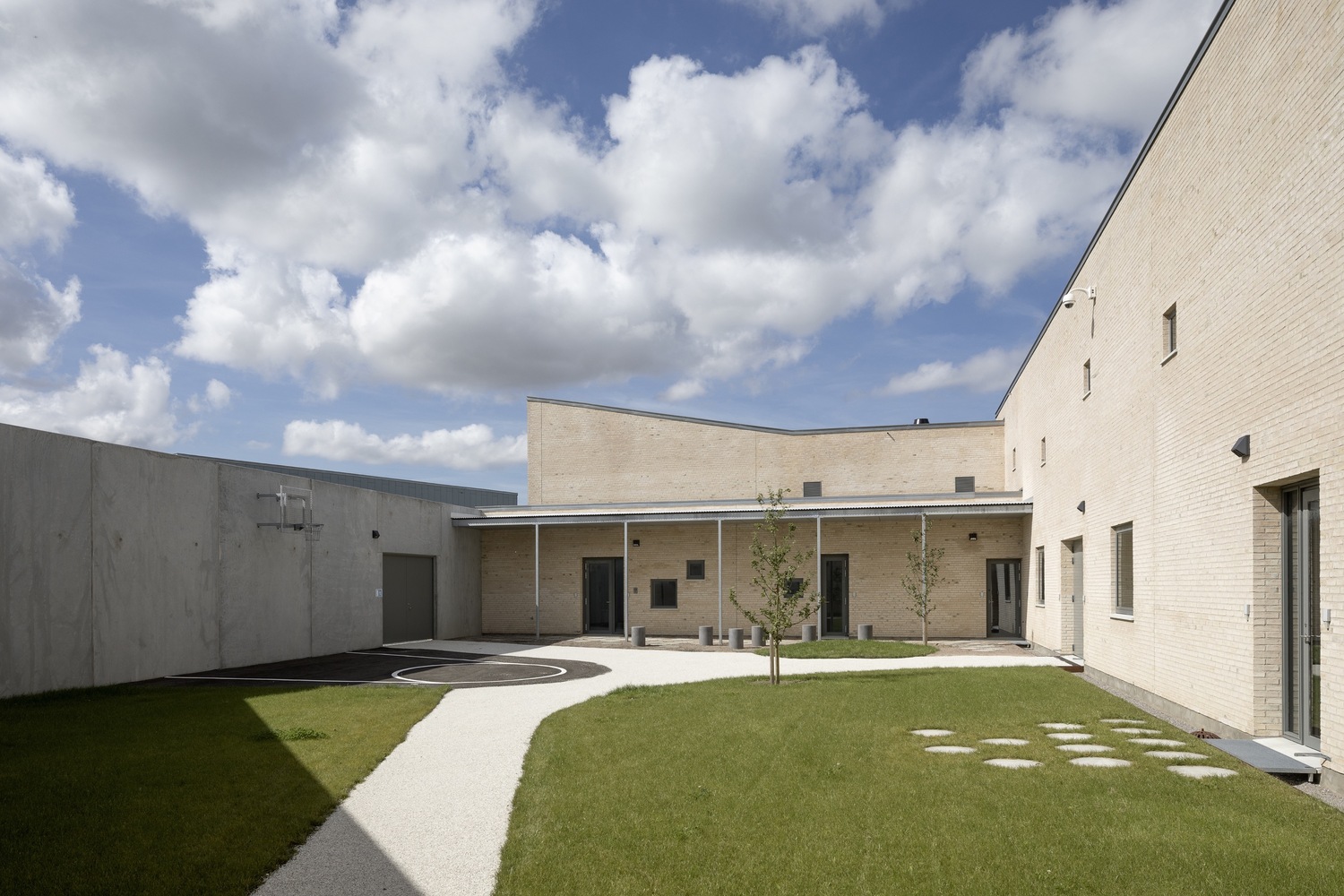Plenty has been written about European prisons focused on restorative justice and reintegration. Still, there’s insufficient discourse on the implications and interactions between these two very different approaches to justice and order, which is the topic of this post.
Background
Many European nations have adopted restorative approaches to justice. While this method is not groundbreaking or new, it has been developing slowly and methodically over many decades, with the earliest references to these methods dating back to around 1980.
Why Does Punitive Justice Exist?
Western and Abrahamic-influenced cultures have traditionally approached justice intending to impose exemplary punishments for various crimes and transgressions. This concept of punitive justice, which dates back centuries, is based on the idea that by publicly showcasing the consequences criminals face, we can discourage such behaviour in individuals. While the specifics have evolved, we still primarily rely on the same intuitive notions of good and evil.
Thankfully, significant progress has been made in the field of justice, with concepts like Human Rights effectively regulating and outlawing practices such as slavery and torture. Today, inmates experience significantly better living conditions compared to 200 years ago. This progress should instil a sense of optimism and a belief in the possibility of further advancements as we continue to research and question our society’s fundamental concepts.
What does restorative justice solve?
Reintegration
The point of reintegration is to remove criminals from a life of crime and bad influences. We attempt to weave this person into the rest of society through reintegration programmes. We give criminals a new life and possibly a new meaning to their lives; in this sense, the prison sentence is sufficiently punitive and miserable that further punishment is unnecessary. Being deprived of freedom is the ultimate punishment, and there’s nothing worse than that.
One example is programmes that allow inmates to continue part of their sentence performing community service under supervision. Inmates could be tasked with graffiti removal, street clean-up, staffing food banks, building homeless shelters, and more.
Upskilling
There are still opportunities for inmates to study in various countries outside Scandinavia. For instance, Spain, Italy, and Argentina offer programs that allow prisoners to pursue university education, often at no cost. Many inmates come from lower socio-economic backgrounds, making finding a job challenging. However, some higher-skilled positions may have more openings. Providing educational opportunities aims to help prisoners transition from a life of crime and secure good jobs that enable them to support themselves and rise above poverty financially.
Integrating skilled ex-inmates into high-value-added jobs benefits individuals and can increase GDP, resulting in a positive outcome for everyone.
The costs of incarceration
Incarceration involves significant expenses, given the prison staffing costs, as well as the cost of inmates’ meals.
The funding and financial structure of prisons vary significantly by country and region. For example: each inmate can cost more than 50.000 USD [archived version]. Some prisons are partially funded by the government, but in many cases, prisons directly charge inmates [archived version] for their accommodation; this is done in a variety of ways, including wage garnishment, seizing employment pensions, tax refunds, and public benefits.
Repeated offenders
The contrast in recidivism rates, or the tendency for repeated offending, between Denmark and the United States is stark, with Denmark exhibiting a much lower rate. This contrast should invoke a sense of urgency in rethinking our approach to reintegration and rehabilitation. A report [archived version] found that 82% of American ex-prisoners are re-arrested within 10 years, whereas Danish prisons have a recidivism rate of less than half of that, at around 40% [archived version].
This contrast shows that American priorities regarding reintegration and rehabilitation differ from Denmark’s.
Addressing the root cause
Restorative justice presents an opportunity to address the underlying causes of crime, which may help reduce the occurrence of criminal activities and the development of black markets.
While victims may not achieve closure through punitive measures such as the death penalty or solitary confinement, restorative justice can improve the prisoner’s life, and leave a positive impact in society.
Change and social progress
As I pointed out earlier, there is an inherent expectation in society that violent offenders face harsh penalties and that their human rights and personal integrity are disregarded. Many people feel a natural urge to retaliate against those who have caused harm, as a form of revenge, and it requires significant humility and selflessness to recognise that the most beneficial approach for society in dealing with criminals may not be to inflict harm and abuse but rather to focus on their re-education and rehabilitation.
Historically, countries such as Denmark, Norway, and Sweden have abolished the death penalty and practices like forced labour for prisoners. In contrast, other countries, including the United States and Japan, continue to maintain the death penalty and forced labour as part of their legal systems.
Is restorative justice the perfect solution?
No. Societies and cultures are complex, and have been developed over centuries. As such, changing a country’s justice system to be more aligned with restorative principles overnight is ineffective and counterproductive.
Denmark, for instance, has a distinctly different culture and society than the United States. One key difference is the availability of public services, including education, healthcare, protections for workers’ rights, and social housing.
In contrast, the United States of America has bizarre situations such as homeless people actually being employed [archived version], this situation is concerning as it suggests that employment alone is inadequate to ensure stable housing, thereby challenging the notion of “self-made individuals” or the principle that hard work guarantees success.
In Denmark, social housing prioritises homeless individuals over those who are already housed, which helps to reduce homelessness. Additionally, homeless people in Denmark have easier access to education and healthcare compared to the US.
In this scenario, offering individuals access to education, healthcare, libraries stocked with books, television, and a private room with a single bed—as is standard in a Danish high-security prison—may inadvertently encourage crime rather than dissuade it. This is due to the fact that the majority of the population lacks access to these essential resources.
This is an overview of Storstrøm Prison, one of Denmark’s premier high-security facilities.



See it for yourself: https://www.cfmoller.com/p/Storstroem-Prison-i2730.html [archived version]
Rather than speculating, there’s evidence of people committing crimes intending to go to prison. Famously, this happens in Japan [archived version], despite Japan not having a restorative justice system, and still being one of the countries that maintain the death penalty.
He wanted somewhere to live free of charge, even if it was behind bars.
But of course, there can be many other reasons, and it would be unwise to separate the justice system from how the rest of society works.
Is Punitive Justice Better in Certain Contexts?
Absolutely not. There is no situation in which punitive justice would improve society, criminals, or victims. Let me be clear: punitive justice should never be considered a viable solution to crime.
Despite the widespread use of often ineffective punitive justice worldwide, why would nations still hesitate to adopt restorative justice, even though it presents a more compassionate alternative to traditional justice systems?
Mindset
While it may seem contradictory to argue that restorative justice is not the perfect solution for every country and asserting that punitive justice is not better in any context, my point is that justice and society are inseparable concepts. Although restorative justice is generally more effective, implementing it requires significant preparatory work. It will likely take a generation or two to prepare society for such a radical change. The challenges associated with restorative justice stem not from the approach itself but from how society is organised and whether there is a genuine commitment to improving certain aspects.
The main argument against restorative justice pertains to mindset and the political and social viability of this approach. Individuals who have consistently followed societal rules and who grew up in environments that emphasise severe punishments for criminal behaviour have likely internalised these lessons, which discourages them from engaging in criminal activities.
Significantly altering the justice system could undermine its foundations and surprise those raised in a punitive justice environment.
Indentured servitude
Slavery hasn’t been abolished in the US. We call it different names nowadays, but forced labour is still a reality in many prisons. If this shocks you, read about how California voted against banning forced labour in prisons [archived version].
This is excellent news for enslavers- eh, prison owners, seeing as some prisons are for-profit businesses. These prisoners serve as cheap (or even free) labour for companies such as McDonald’s [archived version].
It makes sense, too. Sometimes, these prisoners are allowed to work, receive a (small) salary, and sometimes get a reduced sentence. This means prisoners perform work for a company that profits from them. Additionally, much like slaves, prisoners are unlikely to strike or negotiate salaries because prisoners are encouraged to be on their best behaviour, which allows them to leave prison earlier than their allotted sentence.
Finally, this use of prisoners in for-profit companies will either increase profit margins for the companies using them due to the significantly lower cost of hiring prisoners or possibly reduce prices for consumers.
If you don’t care about welfare, ethics, and society, and you only care about money, this seems like a perfect tradeoff. Capitalism will generally prefer short-term profits and gratification instead of sustainability and long-term planning.
Housing, living standards, healthcare, education, and the cost of living
Restorative justice requires high social standards for non-prisoners as preparation work for such change. If healthcare, education, and housing cost money and there are no social programmes for access to these basic needs in modern society, going to jail will certainly ruin any job prospects and any future you might have. It will make employment difficult and risky for employers and (therefore) heavily discourage non-criminals from engaging in crime, with the undesired downside of also discouraging and difficulting ex-criminals to reintegrate with the rest of society.
Who is to say?
The societies where these methods are applied. It is impossible to engage in thorough restorative processes in countries where human rights are lacking, housing is difficult to access, and living standards are low. It is also not possible to apply these methods in countries like the US, where everything is a matter of money, and citizens are afforded few to no accessible housing, education, or healthcare programmes.
Prisons must be a bad experience for criminals. Worse than not being jailed, of course. But in a society where people aren’t even guaranteed a place to live or the right to life-saving surgery, integrating these concepts in prisons would effectively make prisoners live better than the average citizen, which would be socially unacceptable and politically unpopular.